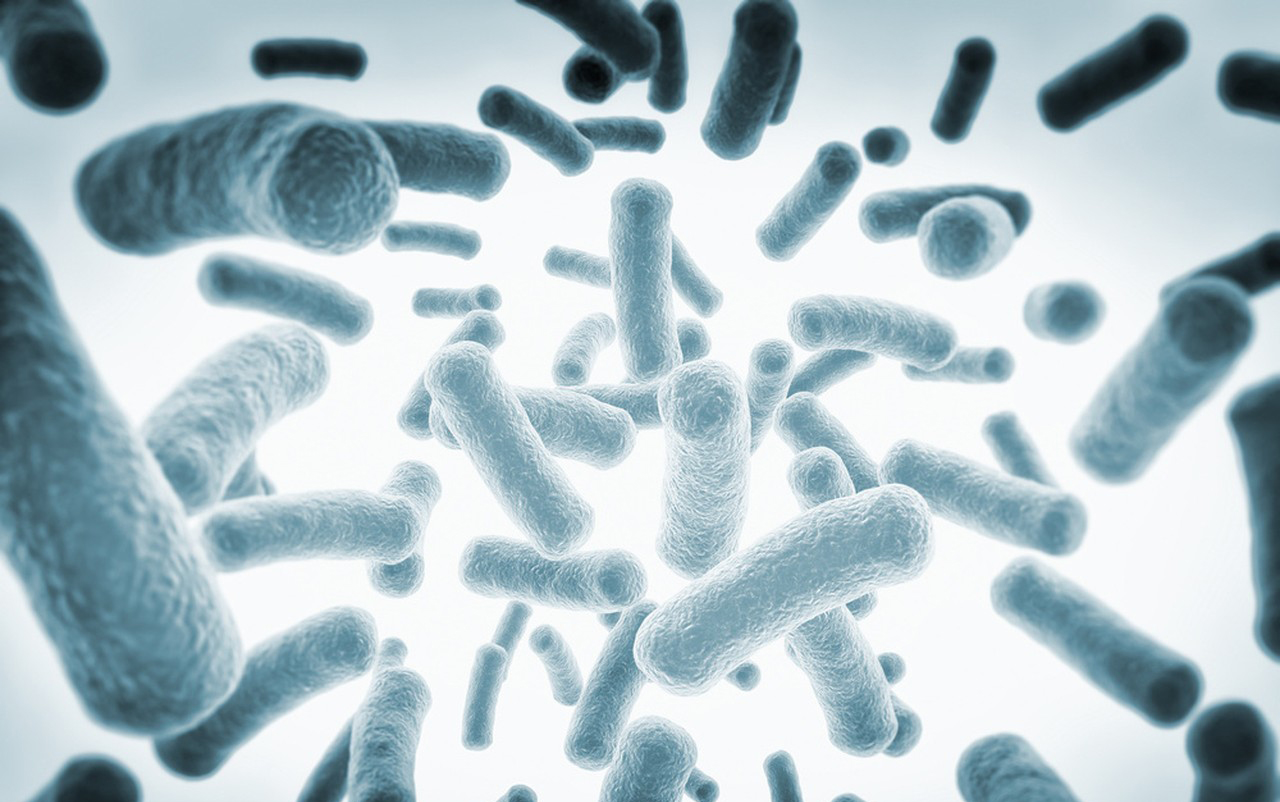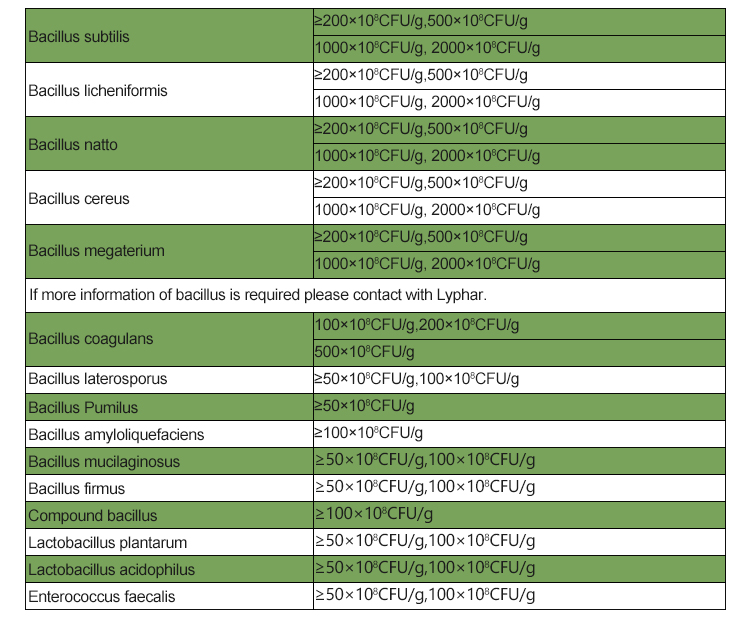Bacillus Thuringiensis (BT) is a gram-positive, soil-dwelling bacterium that is widely known for its insecticidal properties. The basic components of Bacillus Thuringiensis include:

Spores: Bacillus Thuringiensis forms durable, heat-resistant spores that serve as a means of survival under harsh conditions. These spores contain the genetic material necessary for replication and production of toxin proteins.
Toxin crystals: During the sporulation process, Bacillus Thuringiensis produces protein crystals known as δ-endotoxins or Cry toxins. These toxins are responsible for the bacterium’s insecticidal properties and are effective against various insect pests.
Inclusions: The δ-endotoxin crystals are stored within specialized structures called parasporal inclusions, which help protect the toxin from degradation and enhance its stability.
Plasmids: Bacillus Thuringiensis contains plasmids, which are small, circular DNA molecules separate from the bacterium’s chromosomal DNA. These plasmids carry the genes responsible for producing the insecticidal toxins.
Vegetative cells: The vegetative cells of Bacillus Thuringiensis are the actively growing and dividing form of the bacterium. These cells are responsible for producing the δ-endotoxin crystals and other components of the bacterium’s life cycle.
The insecticidal properties of Bacillus Thuringiensis have been harnessed for agricultural and biological pest control purposes. Various Bt strains have been developed and used as biopesticides due to their specificity in targeting certain insect species while posing minimal risk to non-target organisms and the environment.

Pharmacological effects of Bacillus Thuringiensis
Bacillus Thuringiensis (BT) is a gram-positive, soil-dwelling bacterium that produces various crystal proteins (Cry toxins) during sporulation. These Cry toxins are highly specific to certain groups of insects and are widely used as biological insecticides in agriculture and pest control. The pharmacological effects of Bacillus Thuringiensis are primarily associated with its insecticidal properties and mode of action.
Insecticidal Effects: The main pharmacological effect of Bacillus Thuringiensis is its ability to target and kill specific insect pests. When ingested by susceptible insect larvae, the Cry toxins are activated by the alkaline pH of the insect’s gut. Once activated, the toxins bind to specific receptors in the gut lining, causing pore formation and disruption of ion regulation. This leads to cell lysis and eventual paralysis of the insect’s digestive system. The insect larvae stop feeding, become lethargic, and eventually die within a few days.
Specificity: One of the significant advantages of Bacillus Thuringiensis-based insecticides is their specificity. Different strains of Bacillus Thuringiensis produce distinct Cry toxins, each with a specific mode of action against particular insect species or groups. This specificity allows for targeted control of pest populations while minimizing harm to non-target organisms, including beneficial insects, birds, and mammals.

Environmental Safety: Bacillus Thuringiensis-based insecticides are considered environmentally friendly compared to chemical insecticides. They are biodegradable and do not persist in the environment, reducing the risk of long-term ecological harm.
Resistance Management: Bacillus Thuringiensis insecticides have been used as part of integrated pest management (IPM) strategies to manage insecticide resistance in pest populations. By using different Bt strains with varying Cry toxins, the risk of insects developing resistance to the toxin is minimized.
Modes of Application: Bacillus Thuringiensis can be applied through various methods, such as foliar sprays, dusts, or genetically engineered crops (BT crops). Bacillus Thuringiensis crops express the Cry toxins within their tissues, providing continuous protection against specific insect pests throughout the growing season.
It’s important to note that Bacillus Thuringiensis is generally safe for humans, pets, and most non-target organisms due to its specific mode of action. However, like any insecticide, it is crucial to follow application guidelines and safety precautions to ensure proper and responsible use. Additionally, continued research and monitoring of pest populations are necessary to manage and prevent the development of resistance.
